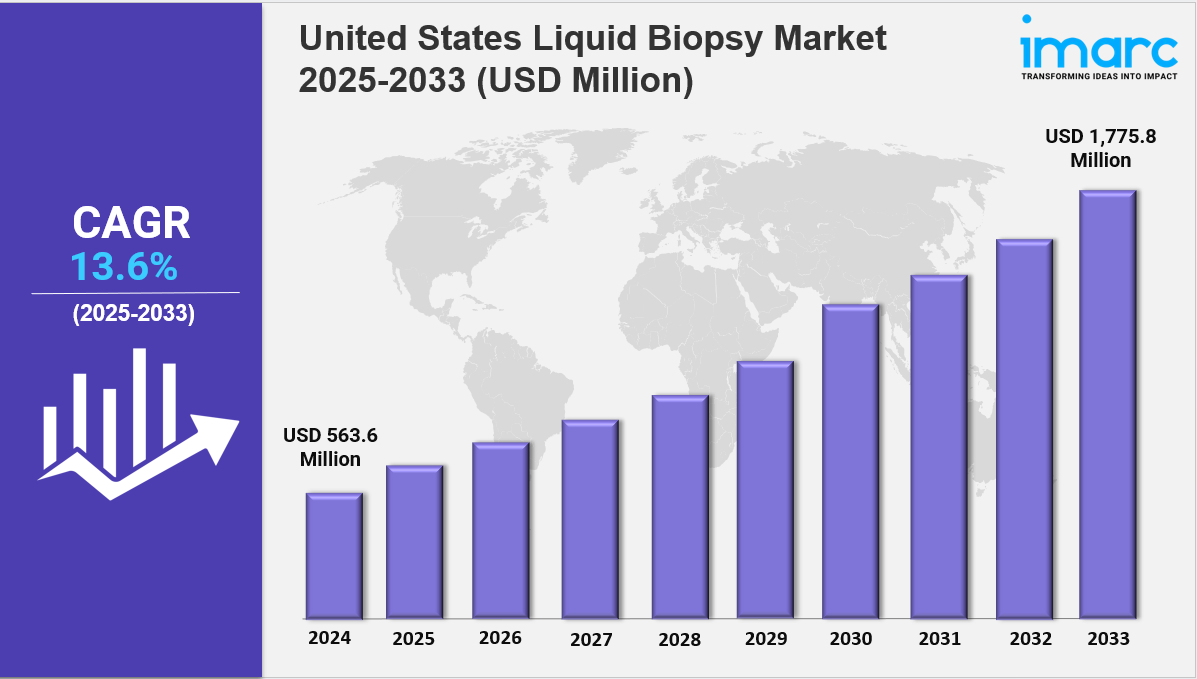Gesponsert
7 Practical Steps to Accurate MTBF Calculation for Better Product Reliability

When customers invest in a product, they expect it to work consistently without unexpected breakdowns. That’s where MTBF (Mean Time Between Failures) becomes valuable. It helps manufacturers, engineers, and even consumers understand how reliable a product truly is over time. In simple terms, MTBF calculation shows how long a product can operate before it fails. When done correctly, it becomes a powerful tool for making smarter decisions in design, maintenance, budgeting, and lifecycle planning.
In this guide, we’ll walk through how MTBF calculation works, why it matters, where it is commonly used, and how to avoid common mistakes. The goal is to make this topic easy to understand while still giving you insights that you can apply in real situations.
What Is MTBF and Why Is It Important?
MTBF stands for Mean Time Between Failures. It is a prediction of the average operating time a system runs before it fails and needs repair. It only applies to repairable systems. For products that cannot be repaired (like light bulbs), MTBF is not the right metric—MTTF (Mean Time to Failure) is used instead.
MTBF is important because it:
-
Helps measure reliability in real-world conditions
-
Guides design improvements
-
Supports maintenance planning
-
Impacts warranty and support decisions
-
Builds trust with customers and stakeholders
When a product has a high MTBF, it means fewer interruptions, lower maintenance costs, and a better user experience.
The Basic MTBF Calculation Formula
The formula for MTBF is straightforward:
MTBF = Total Operating Time ÷ Number of Failures
Example:
If a machine operates for 10,000 hours and experiences 5 failures:
MTBF = 10,000 ÷ 5 = 2,000 hours
This means the machine, on average, runs 2,000 hours between each failure.
Even though the formula is simple, getting accurate data can be tricky. That’s why understanding the process behind the calculation is essential.
Step 1: Define the System Being Measured
Start by clearly defining the boundaries of the system. Are you measuring a full product or an individual component? MTBF varies depending on what is being analyzed.
For example:
-
Entire server system
-
Single power supply unit
-
PCB module
-
Software-controlled mechanical system
MTBF is only meaningful when the scope is specific.
Step 2: Collect Accurate Operating Time
Total operating time should reflect actual use. You can measure it in:
-
Hours of operation
-
Usage cycles
-
Uptime logs
-
Field reports from customers
-
Automated system monitoring
The more real the data, the more reliable the MTBF result.
Step 3: Track All Failures (Not Just Major Ones)
Every failure counts, even if it seems small. A failure is any event that interrupts normal operation and requires repair or replacement to restore performance.
Include:
-
Mechanical breakdowns
-
Electrical malfunctions
-
Software crashes (if it stops operation)
Do not include downtime from external reasons such as power outages or scheduled maintenance.
Step 4: Perform the MTBF Calculation
Once total operating time and number of failures are recorded, apply the MTBF formula. This gives you a simple reliability estimate. However, MTBF is not a guarantee. It is an average based on data, and real-world performance can vary.
Step 5: Interpret the Result Correctly
A high MTBF value suggests strong reliability, but context matters. For example:
-
MTBF of 5,000 hours may be excellent for a consumer device.
-
The same number could be considered low for aerospace equipment.
Always compare MTBF with:
-
Industry standards
-
Competitor benchmarks
-
Internal goals
-
Regulatory requirements
Step 6: Use MTBF to Improve Design and Maintenance
MTBF isn’t just a number—it’s a decision-making tool.
In product design:
Engineers can identify weak components and improve them to increase MTBF.
In maintenance planning:
MTBF helps determine preventive maintenance schedules. If you know a system fails every 2,000 hours, you can service it at 1,500 hours to prevent downtime.
In cost management:
Reduced failures mean lower repair costs and longer product lifespan.
Step 7: Use MTBF Data for Customer Confidence and Marketing
Customers value reliability. Sharing MTBF data (when accurate and verified) can build trust and differentiate a product in competitive markets. It also supports warranty policies and service-level agreements.
Where Is MTBF Calculation Commonly Used?
MTBF plays a major role in industries where failure has high consequences:
-
Aerospace and defense
-
Telecommunications
-
Manufacturing equipment
-
Automotive electronics
-
Medical devices
-
Data centers
-
Renewable energy systems
In each of these areas, reliability is more than convenience—it’s about safety, cost, and performance.
MTBF vs MTTF vs MTTR: Know the Difference
To avoid confusion, it’s important to understand three reliability metrics:
MTBF (Mean Time Between Failures)
Applies to repairable systems. Measures average time between breakdowns.
MTTF (Mean Time to Failure)
Used for non-repairable systems. Measures average time until the product permanently fails.
MTTR (Mean Time to Repair)
Measures how long it takes to fix the system and restore it to working condition.
Together, these metrics give a complete picture of reliability and maintainability.
Common Mistakes in MTBF Calculation
Many companies struggle with MTBF accuracy because of these mistakes:
1. Incomplete or inconsistent data
If failures are not recorded correctly, the calculation becomes unreliable.
2. Mixing failure types
Planned shutdowns or user errors should not be counted as failures.
3. Ignoring environmental conditions
Heat, humidity, vibration, and voltage fluctuations can impact MTBF.
4. Assuming MTBF = guaranteed lifetime
MTBF represents an average, not a promise that the product will last exactly that long.
5. Not updating MTBF over time
MTBF changes with new data and product improvements. It should be recalculated regularly.
How Technology Improves MTBF Analysis
Modern tools make MTBF calculation easier, faster, and more accurate. These tools can:
-
Automate data collection
-
Track component-level failure rates
-
Predict failures using historical data
-
Simulate performance under different conditions
-
Generate reliability reports for teams or customers
Using software also reduces human error and speeds up decision-making.
Beyond Calculation: Using MTBF Strategically
MTBF supports long-term planning in several ways:
Design Optimization
Engineers can compare MTBF across components and improve weak points.
Supply Chain Decisions
Manufacturers can choose suppliers with higher-reliability parts.
Lifecycle Cost Management
Higher MTBF reduces the total cost of ownership for customers and companies.
Warranty and Risk Control
Accurate MTBF helps set warranty limits that protect profit while maintaining customer satisfaction.
Can MTBF Predict Failures Exactly?
No. MTBF is not a crystal ball. It uses statistics and probability to estimate reliability. However, a well-calculated MTBF still provides valuable guidance to reduce risk and improve product performance.
Think of it like fuel efficiency in cars. The actual number may change based on driving conditions, but it still gives customers a useful comparison.
How to Improve MTBF Over Time
Improving MTBF requires continuous effort:
-
Design with reliability in mind
-
Use quality components
-
Test under real conditions
-
Implement preventive maintenance
-
Monitor performance data
-
Update calculations regularly
-
Learn from every failure
Each improvement increases long-term value and customer trust.
Final Thoughts
MTBF calculation is more than a reliability metric—it is a key part of smart product development, maintenance planning, cost control, and customer confidence. When companies use accurate data and treat MTBF as an ongoing process, they make better decisions and deliver products that perform consistently over time.
Whether you are an engineer, product manager, or consumer seeking reliability, understanding MTBF helps you see beyond marketing claims and focus on real performance.




